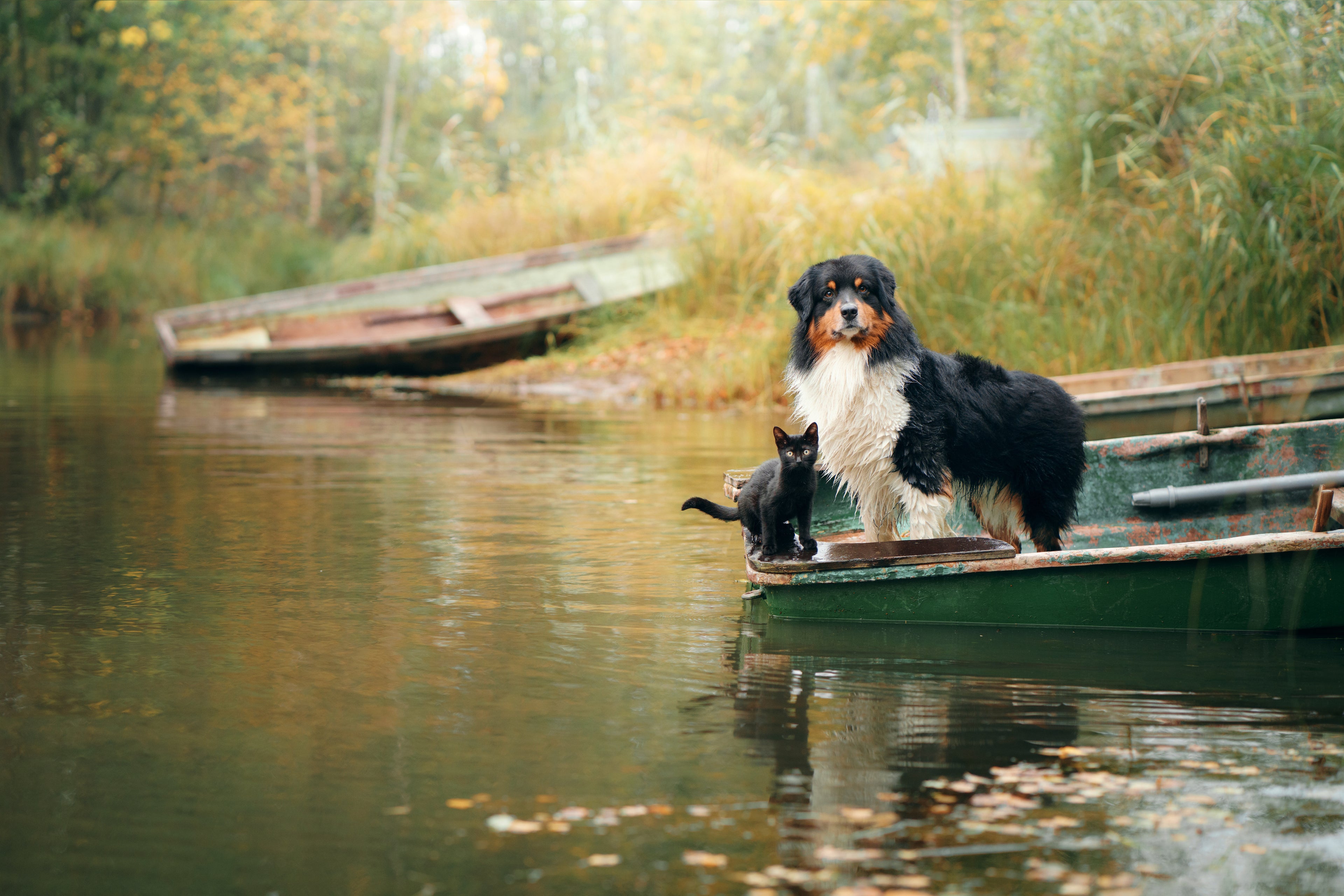How to keep your pet warm with increased energy bills.
2022 has been proven to be a difficult and challenging year. During the past 8 months, we have seen Household energy bills sore in response to inflation and an increased global demand for gas, post-pandemic. The current ‘Cost of Living Crisis’ has presented Individuals and families with countless overwhelming decisions. Studies show that roughly 25% of UK adults plan to not use heating at all this winter, with 69% of survey respondents saying that they will use their heating less.
As pet owners, we carry a lot of responsibility as we have a duty of care. They depend on us for comfort, safety, attention and basic needs such food, water, exercise, and a safe environment. Warmth is huge factor that contributes to a comfortable environment, which is why we have written a blog on our top tips for keeping your pet warm this winter.
Why are some breeds more vulnerable to colder temperatures?
Did you know that the normal body temperature for a dog is naturally higher than a human? A dog’s healthy body temperature should stay between 38 and 39.2 degrees Celsius, whereas ours should be around 37 degrees Celsius. However, this does not mean that dogs are any less susceptible to the colder weather.
Some breeds are more vulnerable to colder temperatures then others. This is predominantly due to the following variables:
Size: Smaller dogs have a larger surface area to volume ratio, so they lose heat quicker than that are able to generate it.
Fur type: Generally, breeds with longer and thicker fur have a greater capability of retaining body heat. Short haired breeds do not have as an effective insulative coat.
Age: As dogs age, it becomes progressively harder for them to regulate their body temperature. This is also true for Puppies, so it is important to ensure young and old dogs get extra protection during the colder months.
Height: Dogs with shorter legs are typically more vulnerable to the cold as they sit much closer to the floor. This is due to rising heat, and some floorings are incapable of retaining heat efficiently.
How to spot your dog is cold
You will be able to spot that your dog is feeling the cold by distinct changes in their body language and usual behaviour. Here are some common signs to keep an eye out for:
- Hunched posture
- Shivering and shaking
- Seeking shelter or warm spots
- Tucked Tail
- Curling up
- Whining or whimpering
- Cold ears
- Reluctance to put / keep paws on the ground
Hypothermia is a dangerous condition whereby your dog’s core body temperature drops below normal (38-39.2 degrees Celsius). This can be extremely harmful to your dog’s health. Although some cases can be mild, severe cases can result in comas and fatalities. We have included below the indicative signs of hypothermia. If you notice any of these symptoms, please consult your vet immediately.
- Rapid and shallow breathing
- Decreased heart rate
- Dilated Pupils
- Pale Gums
- Cold paws, ears, and tail
- Difficulty with walking / stiff muscles
- Lethargy
- Antisocial behaviour
- Disorientation
- Loss of appetite
How you can keep your dog warm at home
Add blankets, pillows, or even old jumpers to bulk-up your dog’s bed. The added padding will help to keep your dog warm, and needless to say, comfy!
It may seem obvious but keep your dog indoors. Supervision when your dog goes outside is vital to ensure they aren’t exposed to the cold for prolonged periods of time. Try to find a balance where you limit their time outside whist ensuring they have enough time to explore and go to the toilet.
Regularly grooming your dog to remove old, loose fur and knots will make sure that their coat is an effective source of insulation. You may think refraining from grooming might help as they would have a thicker coat, however matted hair is less efficient when protecting your dog from the elements (low temperatures, rain, and snow).
If possible, raising your dog’s bed or providing a cosy area for them a few inches off the floor can make a massive difference. By doing this, your dog won’t be hit with the cold Winter draughts.
Have you ever noticed it feels more chilly downstairs? This is because heat rises. Letting your dog sleep upstairs will keep them toasty during the night, and we are sure they will be happy to have your company!
Indoor play is a fun and effective way to keep your dog warm and fit. Playing with their favourite toys, alongside regular games of tug of war or fetch will keep you and your dog toasty and feeling great! Running up and down the stairs is another great idea to improve agility and warm up.
Is your dog allowed on the carpet? It might be something to consider this Winter. Tile, laminate, and wood flooring don’t retain heat efficiently and make your dog chilly. Putting a blanket or rug down or letting them relax on the carpet can make a huge difference.
Although the cold weather and shorter days can be off putting, it is fundamental to walk your dog outdoors, as often as you would in the warmer months.
Walking raises your dog’s body temperature whilst simultaneously promoting good physical and mental health, improving mobility, and reducing the risk of obesity.
Your dog’s appetite will innately increase during the Winter as their bodies are using more energy to regulate their core temperature. You can increase their food intake to help them keep them warm. We recommend consulting your vet before increasing your dog’s diet to ensure your dog stays at a healthy weight.
Heated blankets, hot water bottles, radiators and fireplaces can be helpful for short periods of time with constant supervision. Do not let your dog be in direct contact with any of these items as it can result in dry skin, overheating and burns.
If your dog has a jumper or a coat, this is the perfect time of year to use them!
Lastly, lots of cuddles and snuggling up with blankets will keep your dog warm and cosy. What could be better than that?
Do you need support?
If you are struggling to care for your Pet during this time, help is available. We have included below some resources for advice and support, such as pet food banks and financial support with veterinary bills.
https://www.rspca.org.uk/costofliving
https://www.bluecross.org.uk/PetFoodBank
https://www.pdsa.org.uk/pet-help-and-advice/our-services?alias=eligibility
https://www.dogstrusthopeproject.org.uk/help-with-vet-care/introduction


